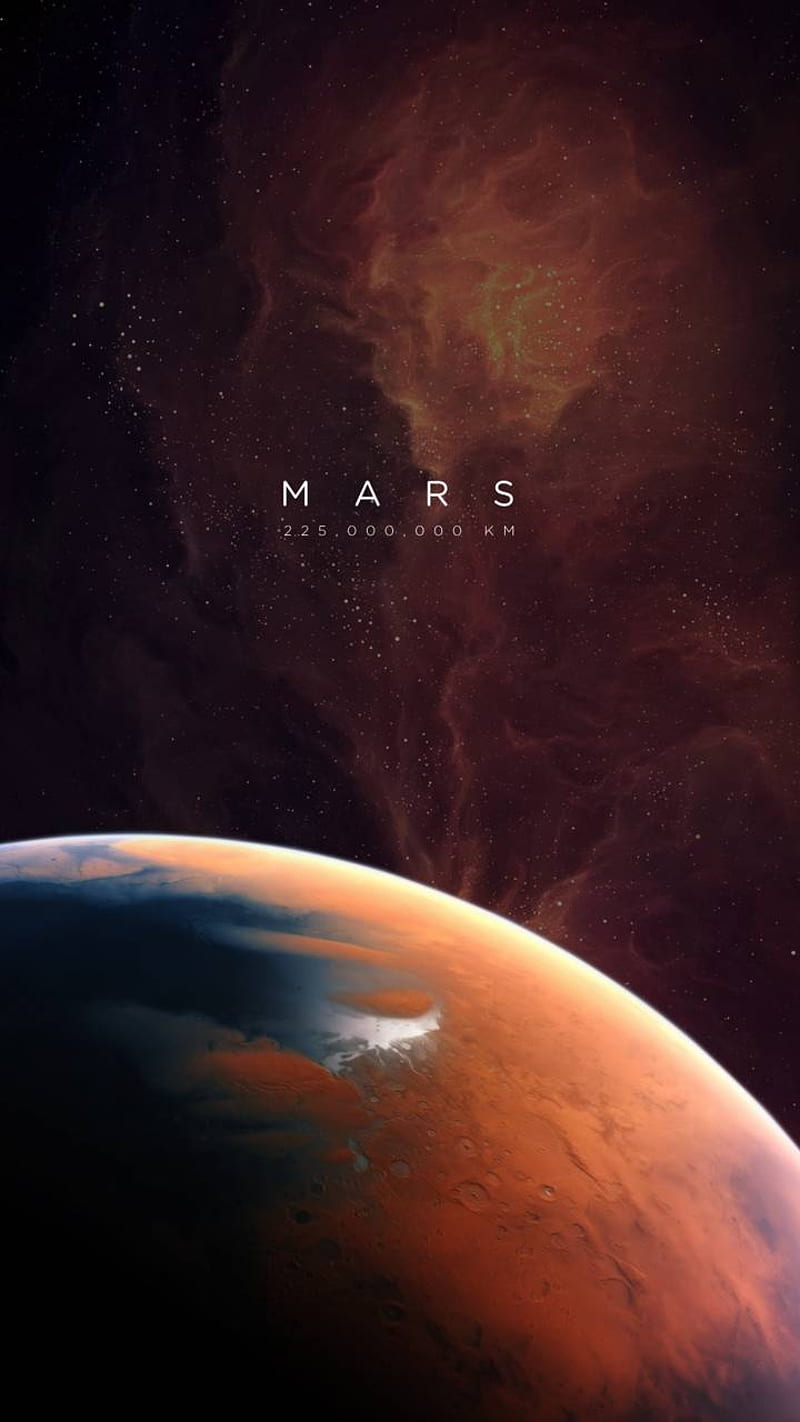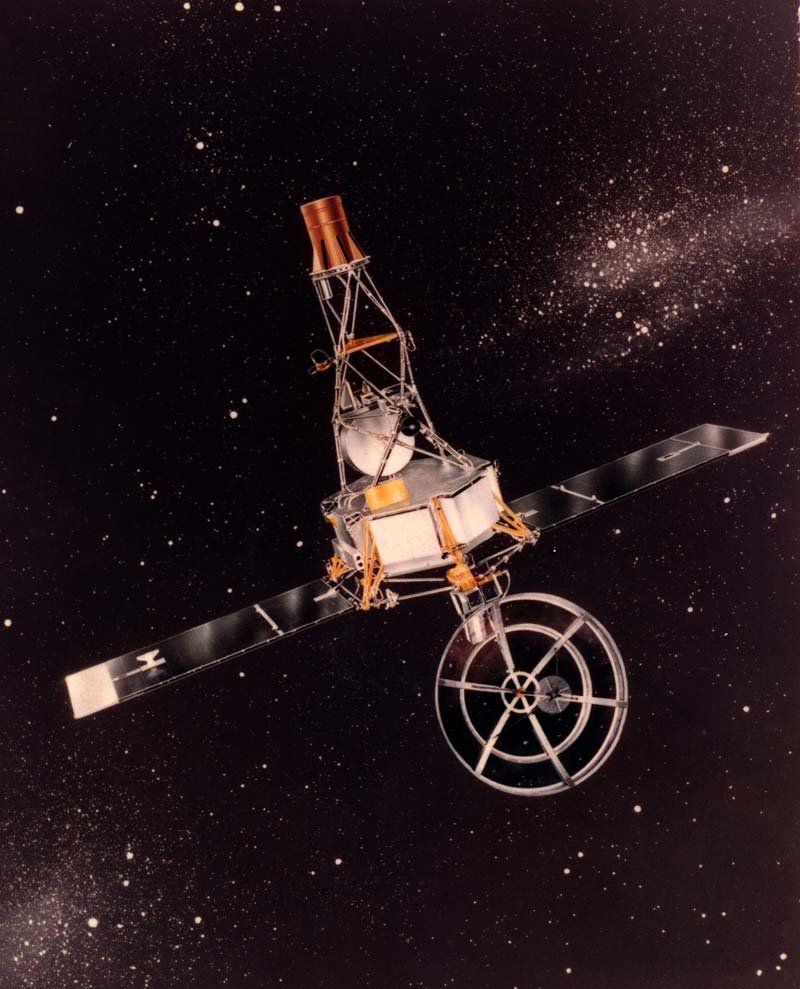Guide to Mars
About
Welcome to GuideToMars.com, your comprehensive resource hub dedicated to the Red Planet. Explore detailed information on Mars’ geology, climate, potential for life, and the latest research findings. Stay updated with current and upcoming Mars missions, and delve into the rich history of human exploration of our neighboring planet.

distance from earth
140 million miles
missions to mars
Fifty
next flight
NASA’s EscaPADE 2025
number of martians
TBD
Martian chronicles

mariner IV
Discover how NASA’s Mariner 4 became the first spacecraft to fly by Mars, capturing humanity’s inaugural close-up images of the Red Planet. Learn about its mission objectives, groundbreaking findings, and enduring impact on modern Mars exploration.

The Allure of Mars
Exploring Mars’ landscapes, the search for life, and humanity’s future on the Red Planet.
red planet resources
Preparing for Launch
The next planned mission to Mars is NASA’s ESCAPADE (Escape and Plasma Acceleration and Dynamics Explorers), scheduled for launch in spring 2025. This mission comprises twin small satellites designed to study Mars’ magnetosphere and its interaction with solar wind. Originally set to launch in October 2024, the mission was postponed to avoid potential cost overruns.
mars mysteries
Mars, often referred to as the Red Planet, has long intrigued scientists and the public alike with its enigmatic features and unanswered questions. Here are some of the most compelling mysteries surrounding Mars:
methane variability
Methane has been detected in Mars’ atmosphere, with levels that fluctuate seasonally. On Earth, methane is primarily produced by biological processes, but it can also result from geological activity. The source of Martian methane remains unknown, leaving open the possibility of microbial life or undiscovered geological processes.
ancient water presence
Evidence suggests that liquid water once flowed on Mars, carving valleys and creating mineral deposits. However, the planet’s current cold and arid conditions make the existence of liquid water on the surface unlikely today. The question of where this water went and how long it persisted remains a significant mystery.
The Hemispheric Dichotomy
Mars exhibits a striking difference between its northern and southern hemispheres: the north is relatively smooth and low-lying, while the south is heavily cratered and elevated. The cause of this dichotomy is still debated, with theories ranging from massive impacts to ancient tectonic processes.
Potential Biosignatures
Certain Martian rocks exhibit features that some scientists interpret as potential signs of ancient microbial life. For instance, the “Cheyava Falls” rock discovered by NASA’s Perseverance rover contains spots and veins that may indicate the presence of organic compounds. However, distinguishing between biological and non-biological origins remains challenging.

